Tired of Dandruff? Here’s How to Actually Get Rid of It
Let’s be real for a minute. You’re here because you’re tired of the little white flakes on your shoulders. You’re frustrated with the itchy, irritated scalp and you’ve probably tried a dozen different shampoos that promised a miracle. I get it. In my experience helping people with their hair, this is one of the most common and confidence-killing issues out there.
In this article
So, take a deep breath. Dandruff is a totally manageable condition, but the secret to winning the battle is understanding what you’re actually fighting. Most people think any scalp flaking is “dandruff,” and that’s the first mistake. It often leads to using the wrong products, which can make things so much worse.
My goal isn’t to just throw a list of products at you. It’s to give you the insider knowledge so you can figure out the cause, pick the right tools from the drugstore shelf, and finally get some long-term relief.
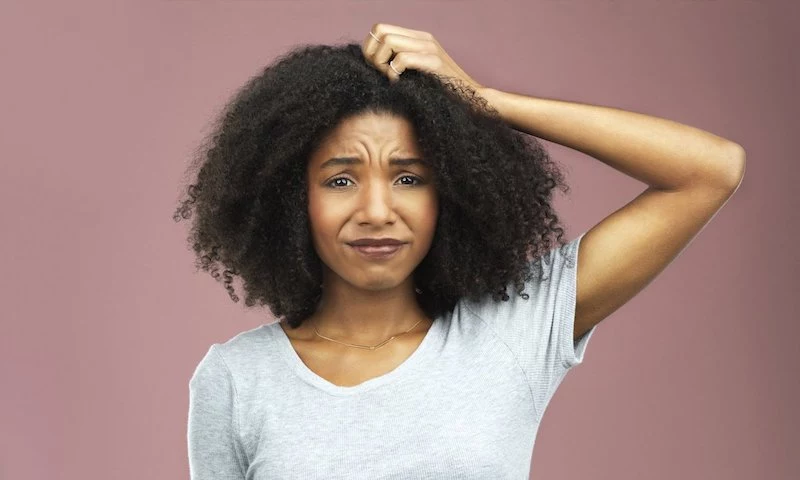
First, Know Your Enemy: It’s Probably Not Just Dry Skin
To really get a handle on this, you need to know a little bit about what’s going on up there. Your skin is constantly renewing itself. Old cells die and flake off as new ones are made. Usually, this process is completely invisible. But with dandruff, that cycle goes into hyperdrive.
What causes this? A tiny fungus called Malassezia globosa. Now, don’t freak out! This little microbe lives on almost everybody’s scalp and is normally harmless. It munches on your scalp’s natural oils (sebum). The problem starts when this fungus grows out of control or when your body has a strong inflammatory reaction to it. As it digests the oil, it leaves behind something called oleic acid. For about half the population, this acid is a major irritant. Your scalp basically freaks out, gets inflamed, and starts shedding skin cells way too fast. Those oily, clumped-together cells are what we see as dandruff.
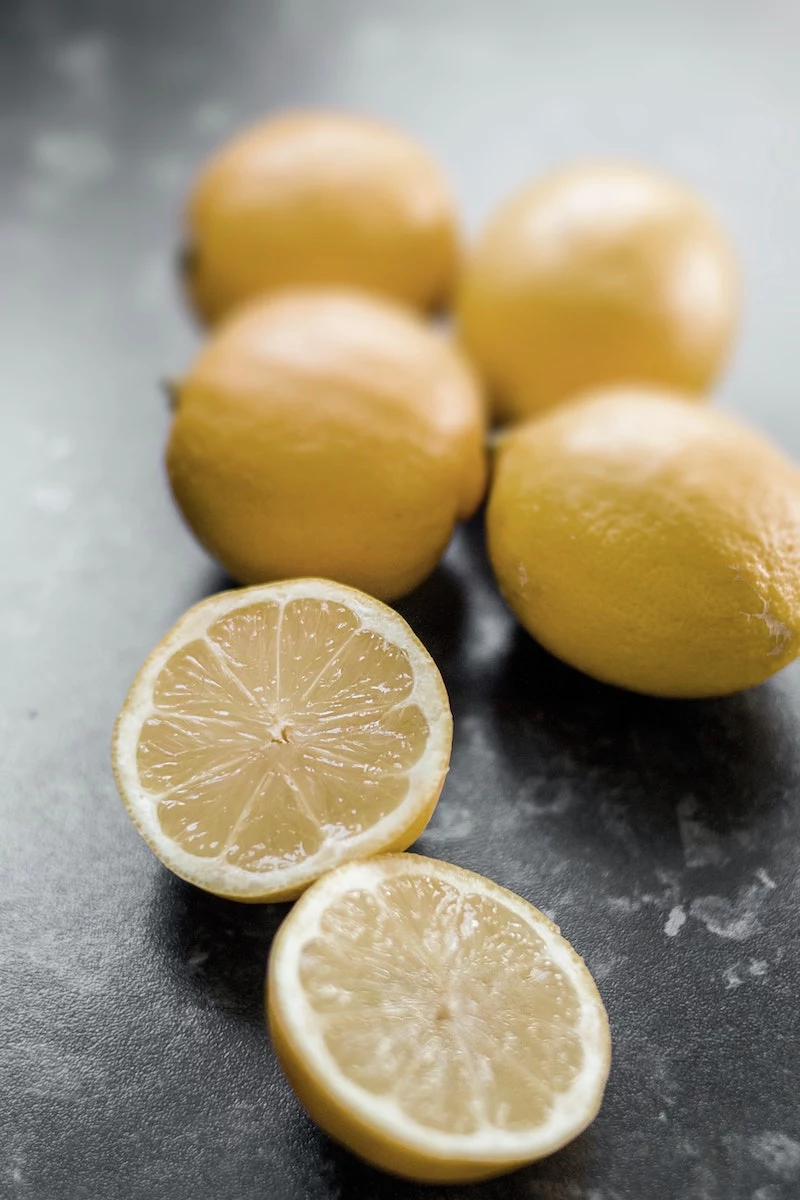
It’s so important to know what you’re dealing with:
- Real Dandruff: The flakes are yellowish or white, kind of oily or waxy, and a bit larger. Your scalp is probably itchy and might look red and inflamed. This is the one caused by that pesky fungus.
- Dry Scalp: The flakes are tiny, white, and powdery, like dust. Your scalp feels tight and itchy, but it’s not usually red or inflamed. This is just a lack of moisture, often thanks to cold air or harsh shampoos.
- Scalp Psoriasis: This is a whole different ballgame—it’s an autoimmune issue that causes thick, silvery scales on top of very red patches. It’s way more intense than dandruff and needs a doctor’s diagnosis.
See why this matters? If you use a strong anti-dandruff shampoo on a simple dry scalp, you’ll strip away the little oil it has left, making the problem a hundred times worse. Getting this first step right is everything.
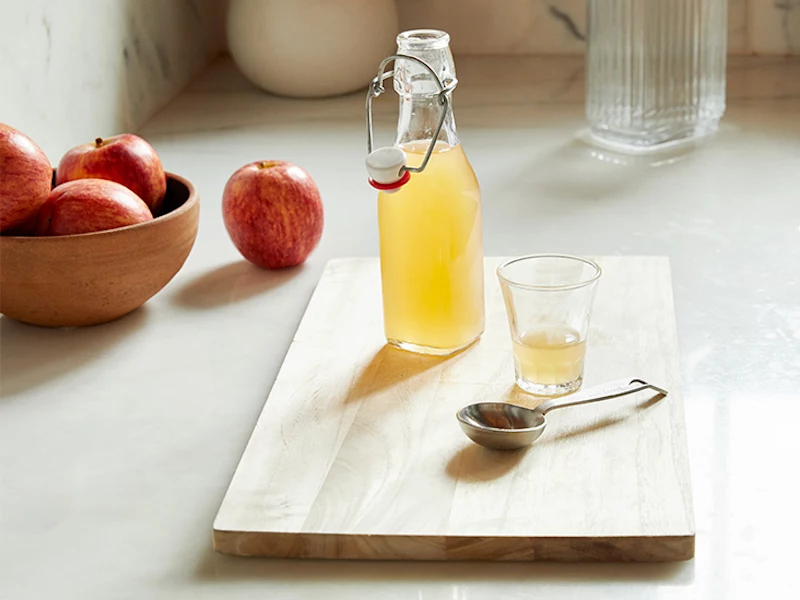
Your Drugstore Battle Plan: The Active Ingredients That Actually Work
Okay, let’s head to the pharmacy aisle. The key is to look for medicated shampoos with specific active ingredients. These are treatments, not just cleansers. And for them to work, you have to use them correctly. A quick lather-and-rinse is a total waste of money.
Here are the heavy hitters you should look for, what they do, and what to actually grab off the shelf.
Ketoconazole 1%
Think of this as the gold standard for bringing a nasty flare-up under control. It’s a powerful antifungal that directly targets and kills the Malassezia yeast. It’s very effective at stopping the problem at its source.
- What to Buy: The most common brand is Nizoral A-D. You can’t miss the blue box.
- Price Point: Expect to pay between $15 and $20 for a small bottle, but a little goes a long way.
- Pro Tip: This is my go-to recommendation for a first-time treatment. Use it just twice a week. It can be a bit drying, so on the other days, use a gentle, regular shampoo.
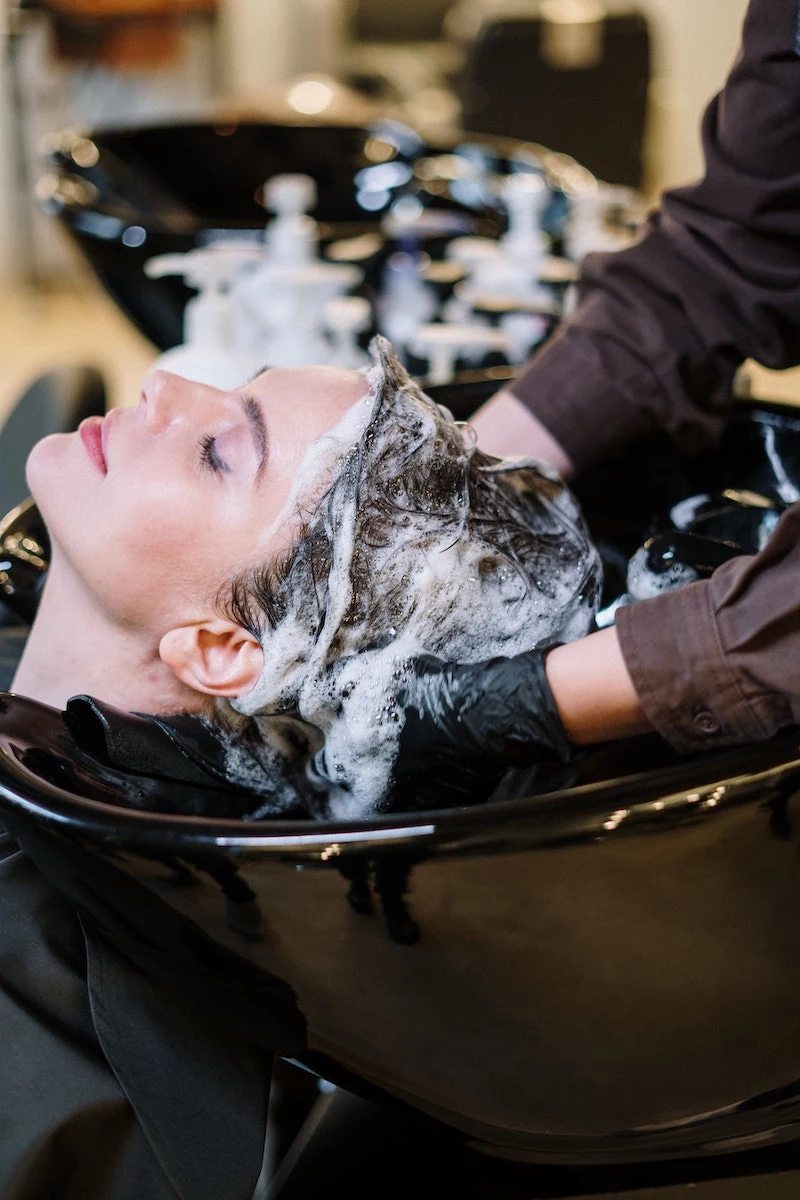
Selenium Sulfide
This is another powerful option, a real workhorse. It does two things: it attacks the fungus and it slows down how fast your skin cells turn over, which directly reduces flaking. It’s great for stubborn cases.
- What to Buy: Look for brands like Selsun Blue Medicated (the classic) or Head & Shoulders Clinical Strength.
- Price Point: Usually pretty affordable, around $8 to $12.
- Heads Up: To be frank, this stuff can have a distinct medicinal smell. It can also, in rare cases, slightly discolor very light or color-treated hair. It’s incredibly effective, but just be aware of the trade-offs.
Zinc Pyrithione (ZPT)
This is probably the most famous dandruff-fighting ingredient. It’s a great all-around choice that works by controlling the fungus population, calming down the irritation. It’s generally gentler than the other two, making it perfect for long-term maintenance.
- What to Buy: You’ll find this in tons of products, most famously Head & Shoulders and Dove Dermacare Scalp.
- Price Point: Very budget-friendly, typically in the $6 to $10 range.
- Pro Tip: This is a great ingredient to rotate into your routine once your initial flare-up is gone.
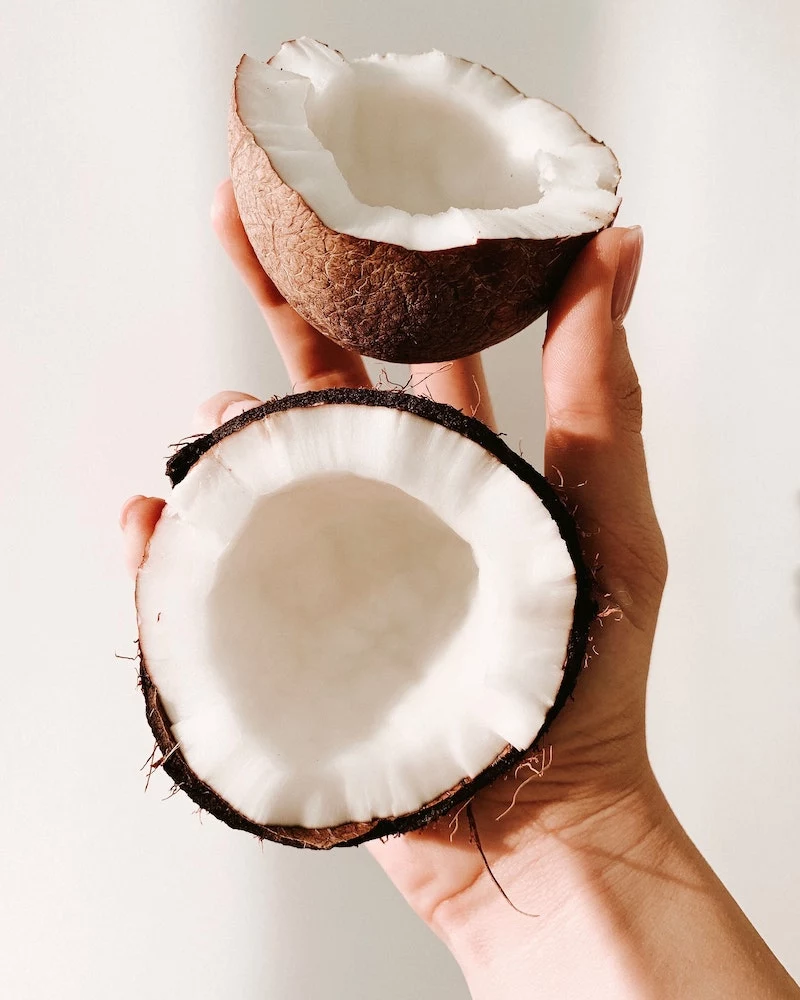
Salicylic Acid
This one works differently. It doesn’t really fight the fungus, but it’s a superstar at dissolving the ‘glue’ that holds the dead skin cells together. In other words, it exfoliates and washes away the existing flakes.
- What to Buy: Look for shampoos like Neutrogena T/Sal Therapeutic Shampoo.
- Price Point: A little pricier, usually around $15 to $20.
- Quick Win Tip: Feeling self-conscious about flakes right now? A salicylic acid shampoo is your best friend. It provides immediate visual improvement by clearing the scalp, which also helps the other medicated ingredients penetrate better.
The 5-Minute Rule: How to Actually Use Medicated Shampoo
You can buy the most expensive shampoo in the world, but if you don’t use it right, you’re throwing your money away. Here’s the non-negotiable method I teach all my clients:
- Get Your Scalp Soaking Wet: Really let the water run over your head for a good minute before even reaching for the bottle.
- Apply to the SCALP, Not the Hair: Part your hair in a few sections and apply the shampoo directly onto your skin. You’re treating your scalp, not cleansing your hair strands.
- Massage Gently: Use your fingertips (NEVER your nails!) to massage the product into your scalp for about a minute.
- Wait for It…: This is the most important step. Let the shampoo sit on your scalp for a full five minutes. Set a timer on your phone. Seriously. Use that time to wash your face, shave your legs, whatever. This contact time is what allows the active ingredient to do its job.
- Rinse and Condition (Carefully!): Rinse thoroughly. If your hair feels dry (and it might), you can absolutely use a conditioner. Just apply it ONLY to the mid-lengths and ends of your hair. Keep it far away from your scalp to avoid greasiness.
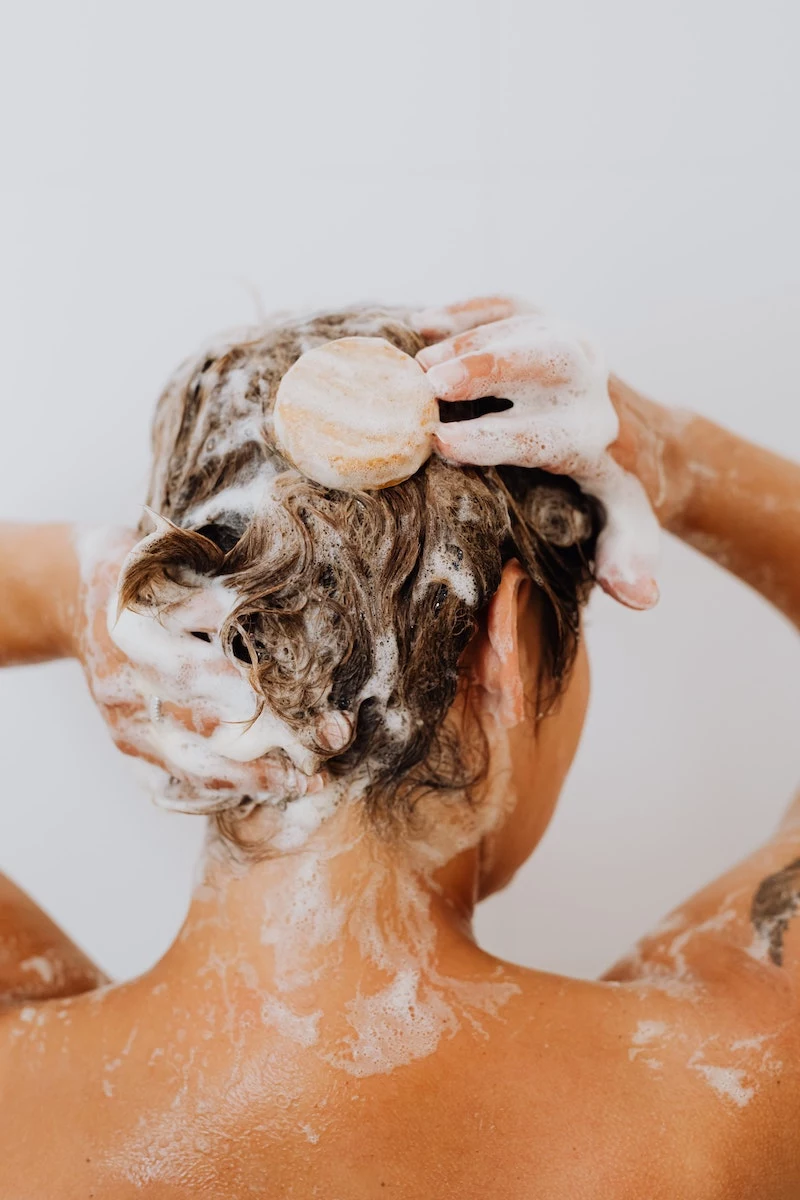
An Honest Look at Home Remedies
The internet is a wild place, full of ‘natural cures.’ While the intention is good, some of these can do more harm than good. Here’s my honest take.
Coconut Oil: This is the biggest offender. People think they’re moisturizing their dry scalp, but for true dandruff, you’re just feeding the beast. I can’t tell you how many clients have come to me with a massive, angry flare-up after slathering their scalp in coconut oil. Remember, the fungus loves oil. It’s like pouring gasoline on a fire. Please, just don’t.
Apple Cider Vinegar (ACV): The theory is that its acidity fights the fungus. In reality, the effect is weak, and the risk is high. I’ve seen people get mild chemical burns from using ACV that wasn’t diluted enough. It can be incredibly irritating to an already inflamed scalp. I’d skip it.
Tea Tree Oil: Okay, of all the natural options, this one has some science behind it. It does have natural antifungal properties. BUT, you can’t use it straight from the bottle—it’s way too strong and can cause allergic reactions. If you’re determined to try it, add just one or two drops to your dollop of regular shampoo right before you wash. And always do a patch test on your arm first.
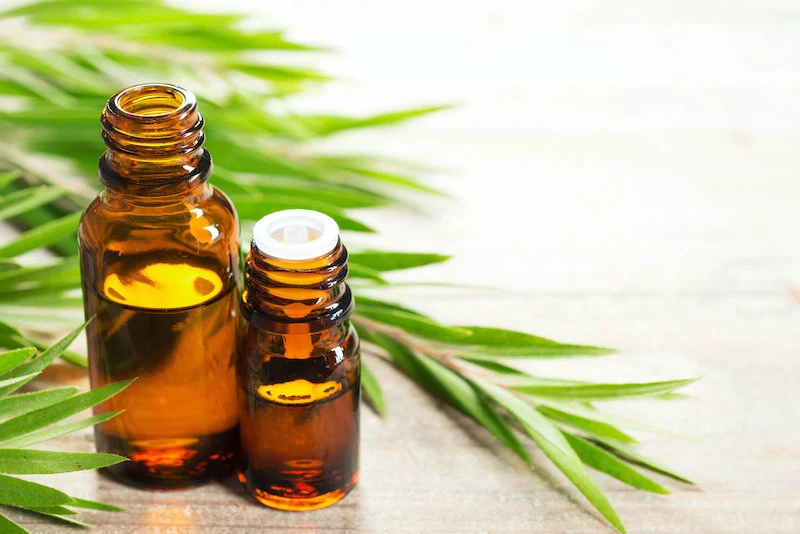
Baking Soda: Hard pass. Baking soda is highly alkaline and completely disrupts your scalp’s natural protective barrier, leading to dryness, irritation, and even hair breakage. Avoid at all costs.
Putting It All Together: Your Long-Term Game Plan
Once you’ve calmed the initial flare-up, the goal is management. Dandruff can be chronic, so having a smart routine is key.
Strategy 1: Shampoo Rotation
Your scalp can get used to one active ingredient over time, making it less effective. The pros call this ‘treatment fatigue.’ To avoid this, rotate between two shampoos with different active ingredients. Here’s what a sample week might look like:
- Monday: Medicated Shampoo
1 (e.g., Nizoral with Ketoconazole)
- Tuesday: Gentle, moisturizing shampoo (look for something sulfate-free)
- Wednesday: Rest day or conditioner-only wash (co-wash)
- Thursday: Medicated Shampoo
2 (e.g., Selsun Blue with Selenium Sulfide)
- Friday: Gentle, moisturizing shampoo
- Weekend: Give your scalp a break.
Strategy 2: The Right Support Crew
On your ‘off’ days, use what we call a ‘gentle’ shampoo. This just means finding a simple, kind-to-your-scalp product. A good rule of thumb is to look for shampoos that are labeled “sulfate-free” and preferably “fragrance-free.” Brands like Aveeno or Shea Moisture have some great, affordable options.
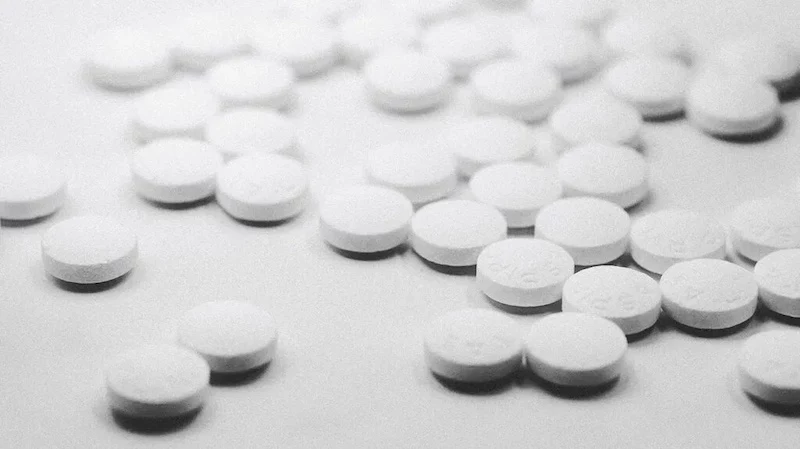
By the way, stress is a HUGE trigger for dandruff. High cortisol levels increase inflammation. Also, a diet high in sugar can make things worse. Try to focus on foods that fight inflammation, like salmon, walnuts, and leafy greens. It all helps.
When to Wave the White Flag and See a Doctor
Look, you can do a lot with over-the-counter products. But sometimes, you need to call in a professional. It’s time to make an appointment with a dermatologist if:
- You’ve tried two different medicated shampoos for a month with zero improvement.
- Your scalp is incredibly painful, weeping fluid, or has open sores.
- You’re noticing significant hair loss along with the flakes.
- The flakes are thick, silvery, and on very red patches (this sounds like psoriasis).
- The rash is spreading down to your face or other parts of your body.
A doctor can give you a firm diagnosis and access to prescription-strength stuff like 2% ketoconazole shampoos or topical steroids to calm severe inflammation. There’s no shame in needing a stronger tool. The goal is just to get your scalp healthy and comfortable again, and put the stress of flakes behind you for good.
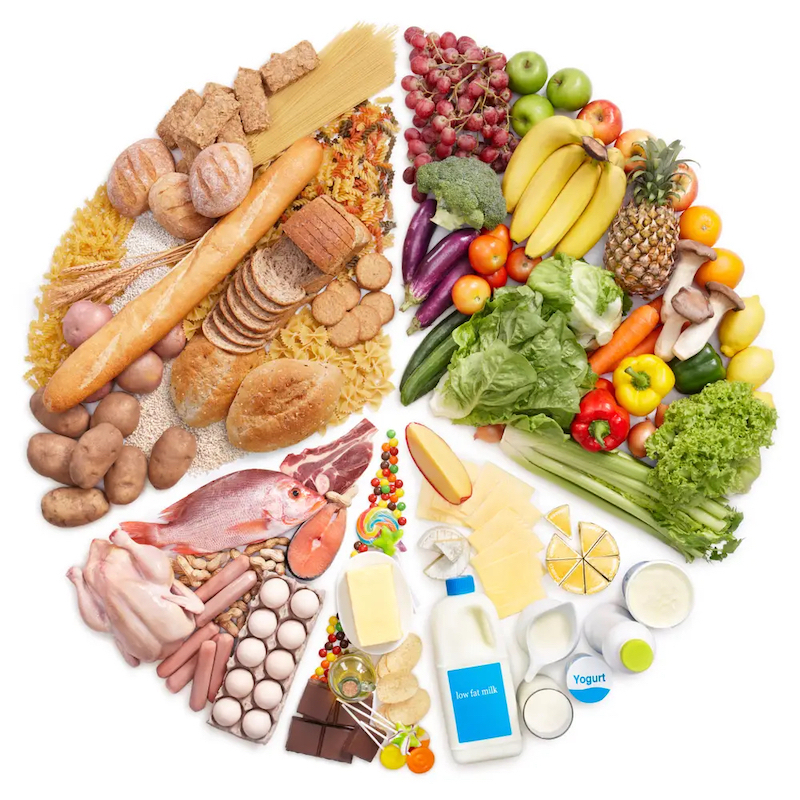
Inspirational Gallery
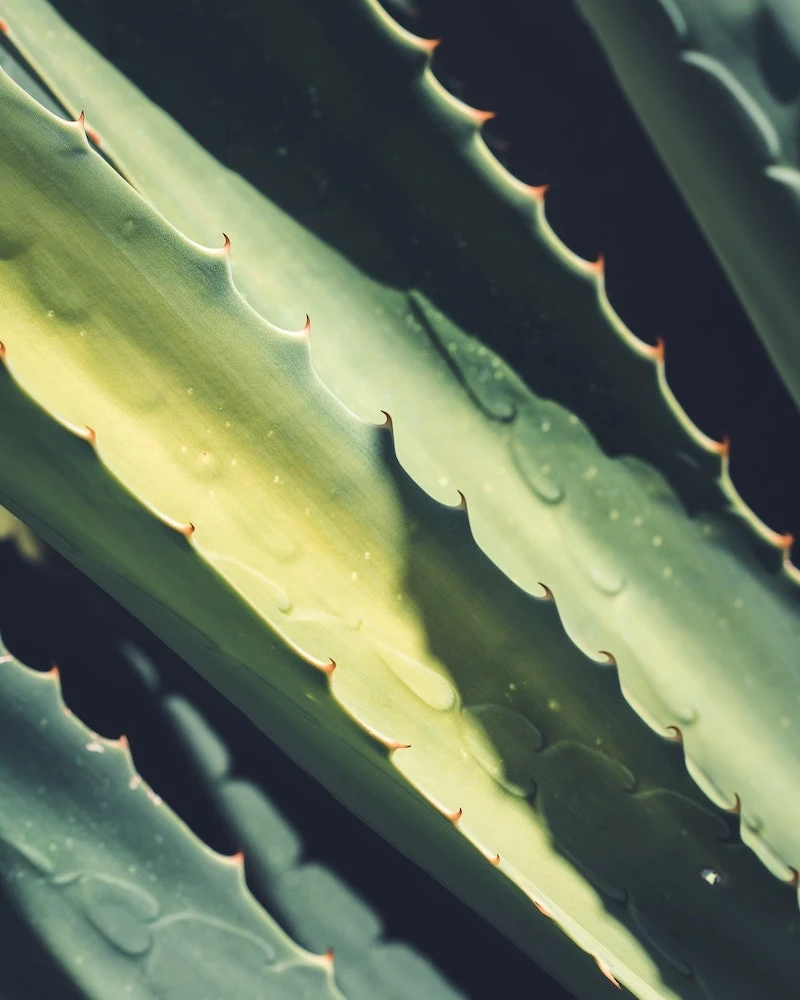

Can what I eat really affect the flakes on my scalp?
Absolutely. Your scalp is skin, and it reflects your internal health. High-sugar diets and processed foods can increase inflammation, which may worsen a dandruff flare-up. Try incorporating more foods rich in zinc (nuts, seeds, legumes) and B vitamins (eggs, leafy greens, salmon). Think of it as fighting flakes from the inside out. A healthy gut, as supported by probiotics found in yogurt or kefir, can also play a surprisingly large role in managing inflammatory skin conditions.
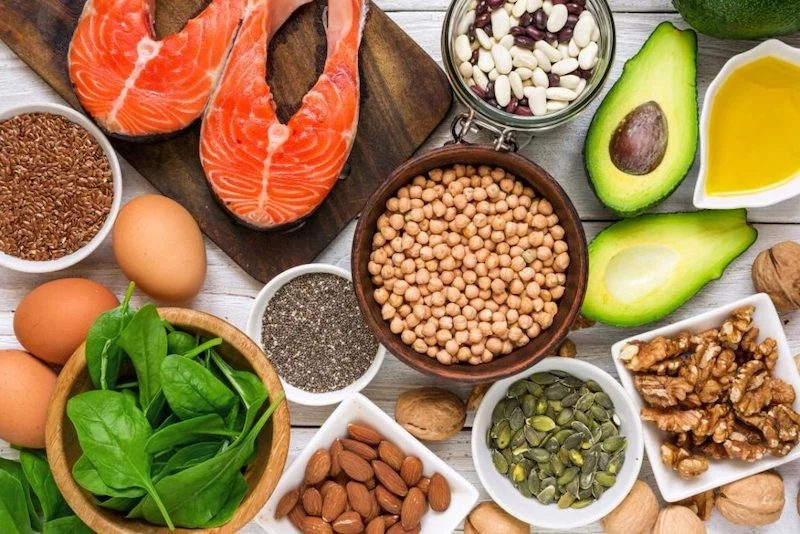
Nearly 50% of the world’s adult population experiences dandruff.
If you’re dealing with an itchy scalp, you’re far from alone. This common condition transcends gender, age, and hair type. Understanding that it’s a widespread and manageable issue, often linked to a simple microbial imbalance, is the first step toward finding a solution without stress.

The Active Ingredient Showdown: Know Your Bottle
Pyrithione Zinc: Found in classics like Head & Shoulders, this ingredient is anti-fungal and anti-bacterial. It works by slowing down the production of skin cells, making it a great first line of defense for mild to moderate dandruff.
Ketoconazole: The powerhouse in shampoos like Nizoral A-D, this is a broad-spectrum anti-fungal that directly kills the fungus responsible for severe dandruff. It’s often recommended when other options haven’t worked.
Start with Pyrithione Zinc and if you don’t see results after a few weeks, consider leveling up to Ketoconazole.
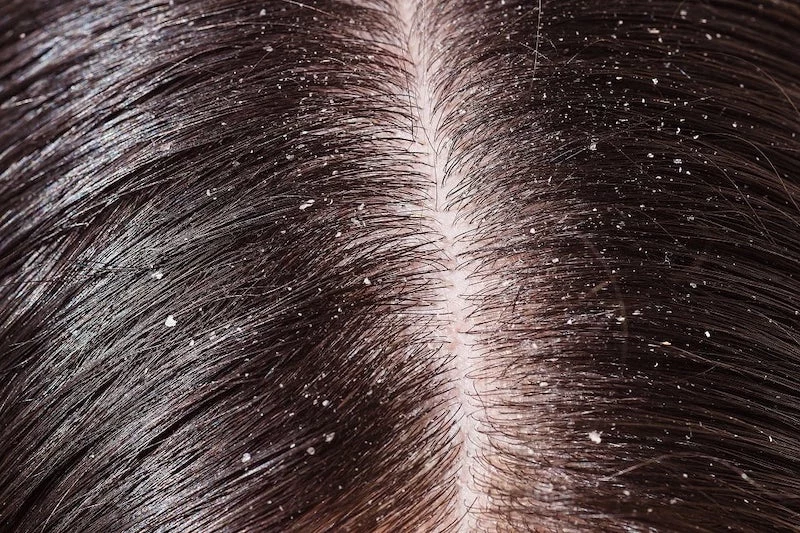
- Reduced scalp irritation
- Less product buildup
- More effective treatment
The secret? Letting your medicated shampoo work its magic. Instead of scrubbing and rinsing immediately, gently massage the shampoo into your scalp and let it sit for a full 3-5 minutes. This gives the active ingredients, like selenium sulfide or ketoconazole, enough time to actually treat the scalp, not just wash your hair.
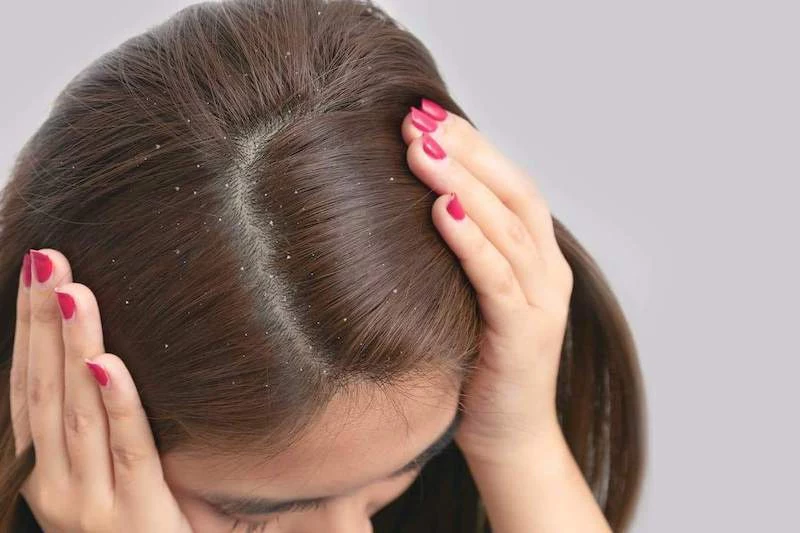
A calm scalp is just a few steps away with this simple, soothing mask. It’s perfect for reducing itchiness and inflammation between medicated washes.
- Mix two tablespoons of pure aloe vera gel (the kind without added alcohol) with 2-3 drops of tea tree essential oil.
- Apply the mixture directly to your scalp with your fingertips or a cotton ball, section by section.
- Leave on for 20-30 minutes before shampooing as usual.
Always do a small patch test first to ensure you don’t have a sensitivity to tea tree oil.
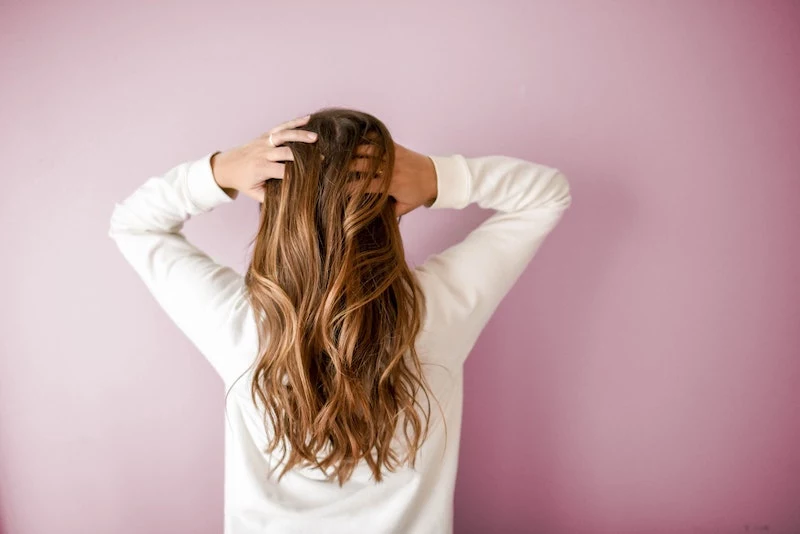
Important tip: Your hairbrush and pillowcase can sabotage your efforts. They accumulate oils, dead skin cells, and the very microbes you’re trying to control. Make it a habit to wash your brushes weekly with a little shampoo and change your pillowcase at least twice a week to give your scalp a clean, fresh start every day.
- Using water that’s too hot, which can strip your scalp and trigger more oil production.
- Scratching your scalp with your fingernails, which causes inflammation and can lead to infection.
- Not rinsing thoroughly, leaving shampoo residue that can irritate the skin.
- Applying conditioner directly onto the scalp instead of just the mid-lengths and ends.










